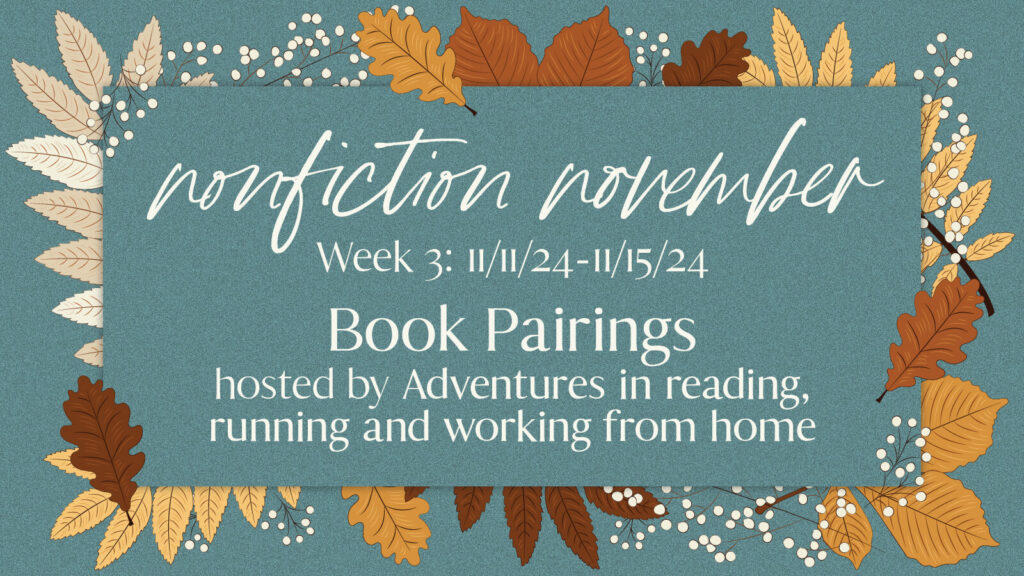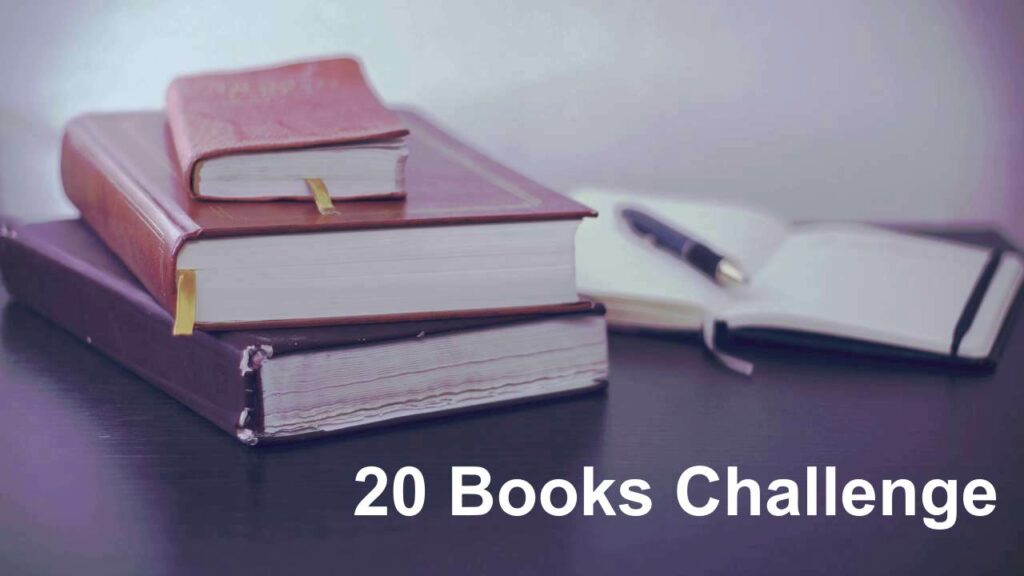3 Nonfiction/Fiction Book Pairings
Week 3 (11/11-11/15) Book Pairings: This week, pair up a nonfiction book with a fiction title. Maybe it’s a historical novel and the real history in a nonfiction version, or a memoir and a novel, or a fiction book you’ve read and you would like recommendations for background reading. Or (because I’m doing this) two […]
3 Nonfiction/Fiction Book Pairings Read More »


